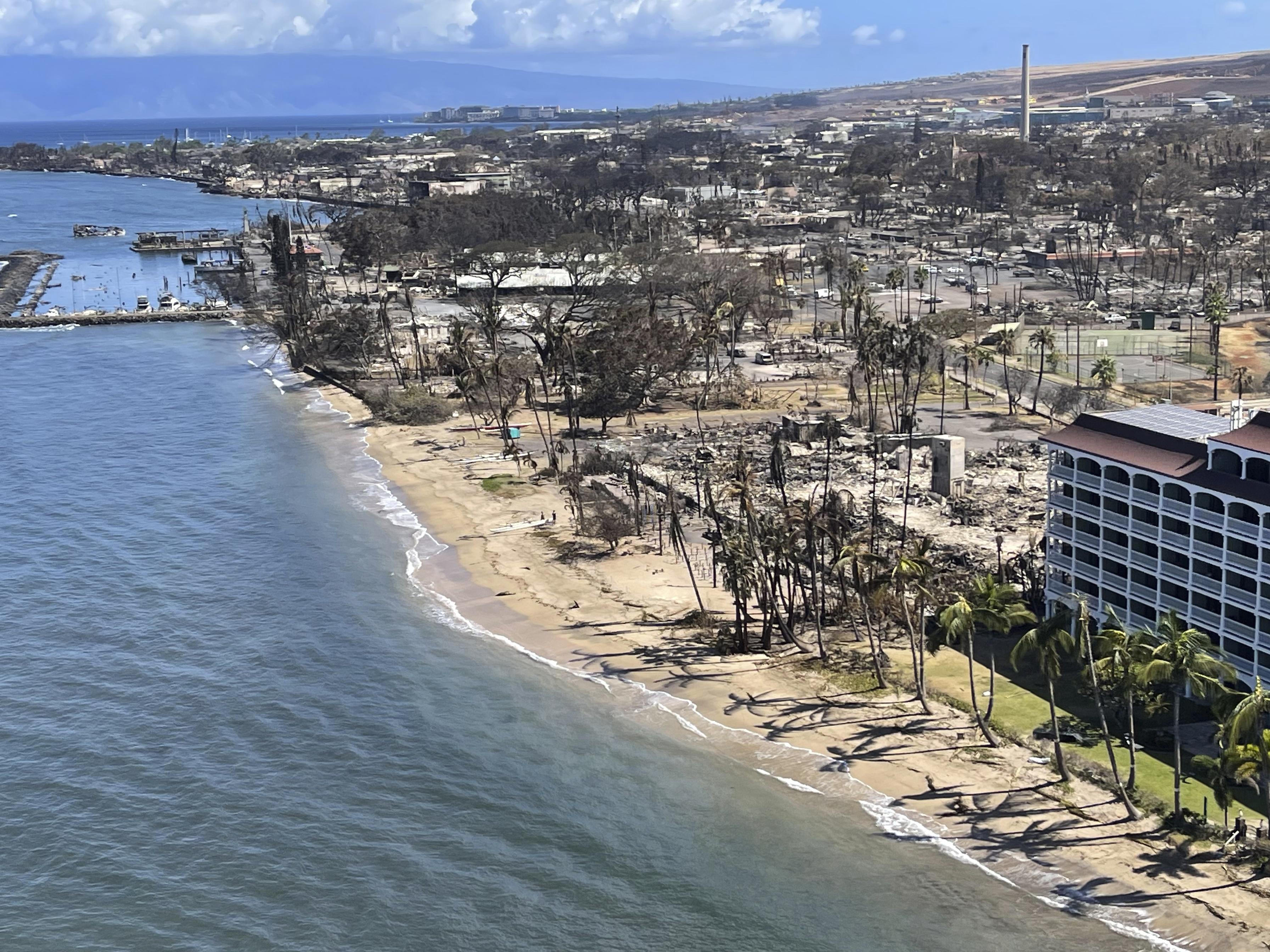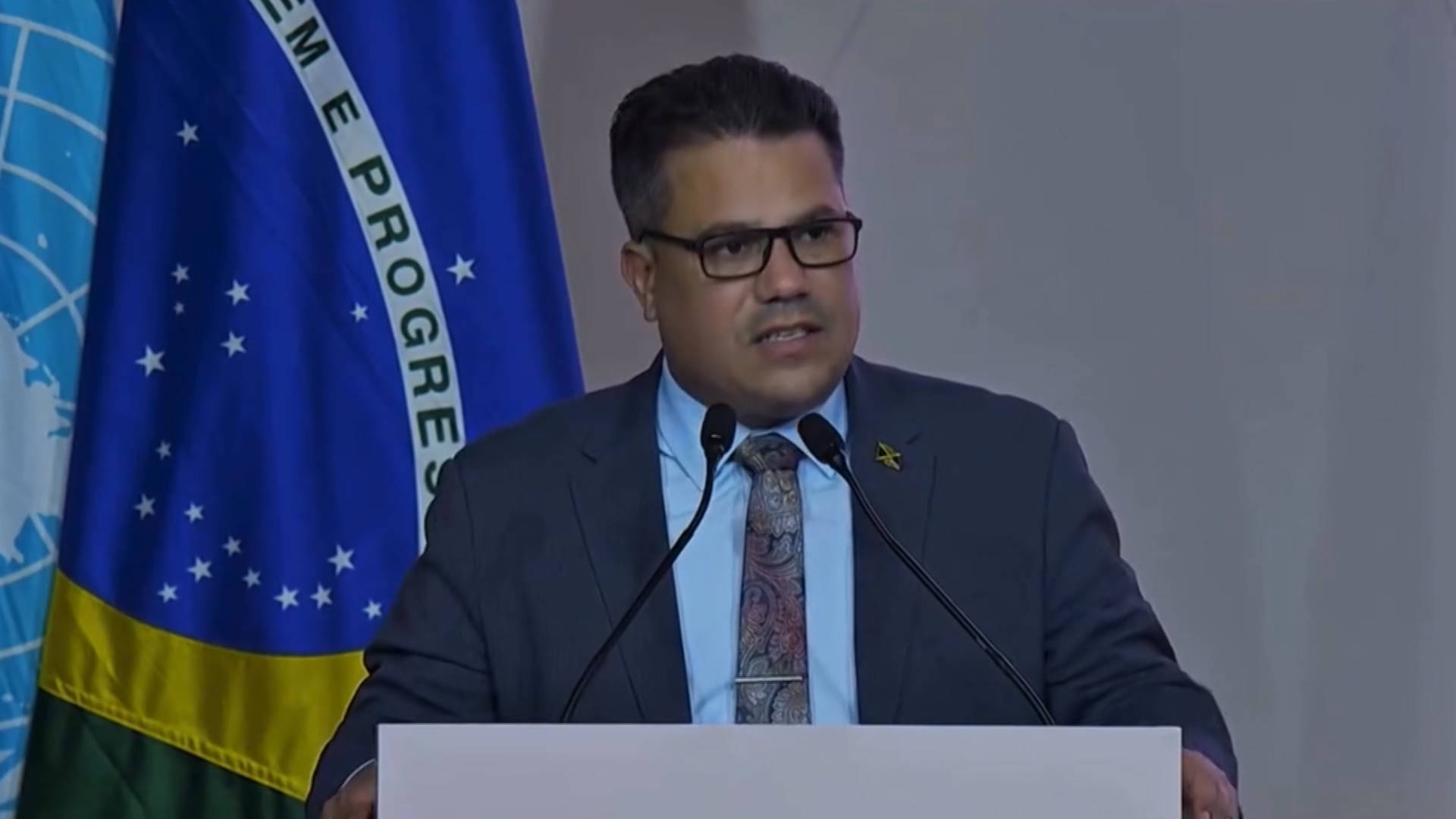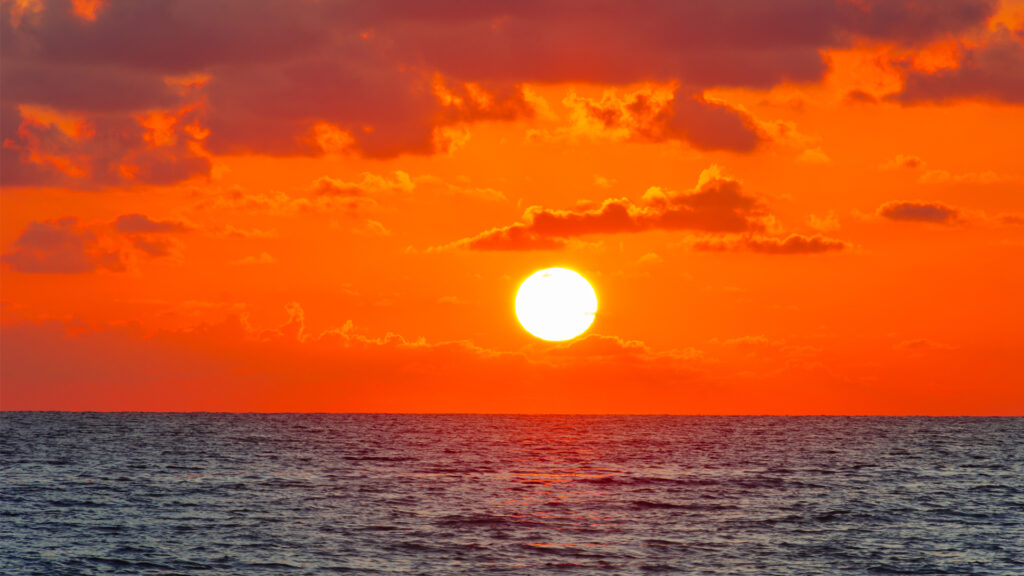Commission seeks help guiding Hawaii’s climate future – The Garden Island Newspaper

Report on Hawaii’s Climate Action Pathways and Alignment with Sustainable Development Goals
The State of Hawaii is confronting significant environmental and economic threats due to global climate change. These challenges include rising sea levels, increased temperatures, and a greater risk of wildfires, floods, and droughts, which directly impact the state’s progress towards the Sustainable Development Goals (SDGs). In response, the Hawaii State Climate Change Mitigation and Adaptation Commission (CCMAC) has developed a strategic framework to guide the state’s climate response.
Strategic Framework: The Climate Action Pathways (CAP)
The Climate Action Pathways (CAP) is a comprehensive roadmap designed to steer state efforts in meeting climate objectives. This initiative is fundamental to achieving SDG 13 (Climate Action) by establishing a clear plan for both mitigation and adaptation.
Core Principles and Objectives
The CAP is founded on the principle of malama aina, a commitment to care for and protect the land and its ecosystems. This guiding philosophy directly supports key environmental SDGs.
- SDG 14 (Life Below Water): The plan addresses threats like rising sea levels that endanger marine ecosystems and coastal communities.
- SDG 15 (Life on Land): By focusing on protecting the land, the CAP aims to preserve terrestrial ecosystems and biodiversity from climate-related risks such as wildfires and drought.
- SDG 11 (Sustainable Cities and Communities): A primary objective is to ensure a resilient and thriving future for Hawaii’s communities by building their capacity to adapt to climate impacts.
Key Focus Areas for Climate Action
The CAP draft outlines specific measures across several critical sectors. Public input is being sought on these proposed actions, each corresponding to specific SDGs:
- Energy: Measures in this category align with SDG 7 (Affordable and Clean Energy), promoting a transition to sustainable energy sources.
- Transportation: Actions related to transportation infrastructure support SDG 9 (Industry, Innovation, and Infrastructure) and SDG 11 by fostering sustainable transit systems.
- Agriculture: This area connects to SDG 2 (Zero Hunger) by aiming to create a more resilient and sustainable food system in the face of climate change.
- Forestry: Forestry measures contribute to SDG 15 (Life on Land) through conservation and sustainable management of forest resources.
Collaborative Development and Public Engagement
The development and refinement of the CAP exemplify a commitment to inclusive partnership, a core tenet of SDG 17 (Partnerships for the Goals).
Multi-Stakeholder Collaboration
The initial draft of the CAP was formulated through extensive collaboration. Feedback was gathered from over 80 public events, incorporating input from a wide range of stakeholders, including:
- Community groups
- Consultants
- Lawmakers
- County officials
- State departments
Public Consultation Phase
The CCMAC has initiated a public consultation period to ensure the final CAP reflects the priorities and realities of communities across the state. The process for participation is as follows:
- Community members are invited to review the draft CAP and proposed actions online.
- Feedback and comments can be submitted through the official portal at https://hiclimate.consider.it or via email to HI_Climate@hawaii.gov.
- The public input platform will remain open through September 30.
This participatory approach reinforces the state’s commitment to SDG 11 and SDG 17 by ensuring that the strategies adopted are community-driven and collaboratively endorsed.
Relevant Sustainable Development Goals (SDGs)
-
SDG 13: Climate Action
- The article’s central theme is Hawaii’s response to “Global climate change,” including efforts for “Climate Change Mitigation and Adaptation.” It directly addresses the need to combat climate change and its impacts, which is the core of SDG 13. The creation of a “comprehensive roadmap” to meet “ambitious climate goals” aligns perfectly with this goal.
-
SDG 11: Sustainable Cities and Communities
- The article highlights that climate change poses “significant challenges to Hawaii’s communities” through risks like “rising sea levels,” “flood and drought risk.” The development of the Climate Action Pathways (CAP) aims to make these communities more resilient and sustainable in the face of these climate-related disasters.
-
SDG 15: Life on Land
- The article states that the state’s climate plan is “deeply rooted in a commitment to malama aina – to care for and protect the land, ecosystems.” It also mentions that the plan includes specific measures for “agriculture” and “forestry,” which are key components of sustainably managing terrestrial ecosystems as outlined in SDG 15.
-
SDG 17: Partnerships for the Goals
- The process described in the article is highly collaborative. The plan was drafted by the “CCMAC and partners,” and feedback was gathered from “local groups, consultants, lawmakers, county officials and state departments” at “more than 80 public events.” The ongoing effort to gather community input exemplifies the multi-stakeholder partnership approach central to SDG 17.
Specific SDG Targets
-
Target 13.1: Strengthen resilience and adaptive capacity to climate-related hazards and natural disasters in all countries.
- The article directly supports this target by describing Hawaii’s efforts to address “rising sea levels, higher temperatures and increased wildfire, flood and drought risk” through a comprehensive adaptation plan.
-
Target 13.2: Integrate climate change measures into national policies, strategies and planning.
- The “Climate Action Pathways (CAP)” is explicitly described as a “comprehensive roadmap to steer state efforts,” demonstrating the integration of climate change measures into state-level policy and strategy.
-
Target 11.b: By 2020, substantially increase the number of cities and human settlements adopting and implementing integrated policies and plans towards inclusion, resource efficiency, mitigation and adaptation to climate change, resilience to disasters…
- The CAP represents an integrated policy and plan for Hawaii’s communities, aiming to build resilience and adapt to the climate change impacts mentioned in the article, such as floods and wildfires.
-
Target 15.9: By 2020, integrate ecosystem and biodiversity values into national and local planning, development processes…
- The plan’s foundation on “malama aina – to care for and protect the land, ecosystems” shows a clear integration of ecosystem values into the state’s climate planning process.
-
Target 17.17: Encourage and promote effective public, public-private and civil society partnerships…
- The development of the CAP, involving government bodies (“CCMAC,” “lawmakers,” “county officials”), partners (“consultants”), and civil society (“local groups,” “community”), is a direct example of the multi-stakeholder partnership this target promotes.
Implied Indicators for Measuring Progress
-
Existence and adoption of a state-level climate strategy.
- The primary indicator mentioned is the “Climate Action Pathways (CAP)” itself. Its drafting, community review, and final adoption serve as a tangible indicator of progress towards Targets 13.2 and 11.b.
-
Level of stakeholder and public engagement in climate policy development.
- The article implies this can be measured by the number of engagement activities, stating that feedback was gathered at “more than 80 public events.” The ongoing public comment period via an online platform and email is another measurable indicator of engagement, relevant to Target 17.17.
-
Inclusion of ecosystem-based principles in strategic plans.
- The explicit inclusion of the “malama aina” principle in the CAP serves as a qualitative indicator that ecosystem values have been integrated into state planning, as per Target 15.9. The development of specific measures in the “forestry” and “agriculture” categories would be a further indicator.
Summary Table of SDGs, Targets, and Indicators
| SDGs | Targets | Indicators (Identified or Implied in Article) |
|---|---|---|
| SDG 13: Climate Action | 13.1: Strengthen resilience and adaptive capacity. 13.2: Integrate climate change measures into policies. |
The drafting and adoption of the “Climate Action Pathways (CAP)” to address risks like rising sea levels, floods, and droughts. |
| SDG 11: Sustainable Cities and Communities | 11.b: Implement integrated policies and plans for climate change adaptation and disaster risk reduction. | The creation of the “comprehensive roadmap” (CAP) for Hawaii’s communities. |
| SDG 15: Life on Land | 15.9: Integrate ecosystem and biodiversity values into planning. | The inclusion of the “malama aina” (care for the land) principle in the CAP; development of measures for “agriculture” and “forestry.” |
| SDG 17: Partnerships for the Goals | 17.17: Encourage and promote effective partnerships. | Collaboration with “partners, local groups, consultants, lawmakers, county officials”; holding “more than 80 public events”; seeking community input via an online platform. |
Source: thegardenisland.com

What is Your Reaction?
 Like
0
Like
0
 Dislike
0
Dislike
0
 Love
0
Love
0
 Funny
0
Funny
0
 Angry
0
Angry
0
 Sad
0
Sad
0
 Wow
0
Wow
0











































































